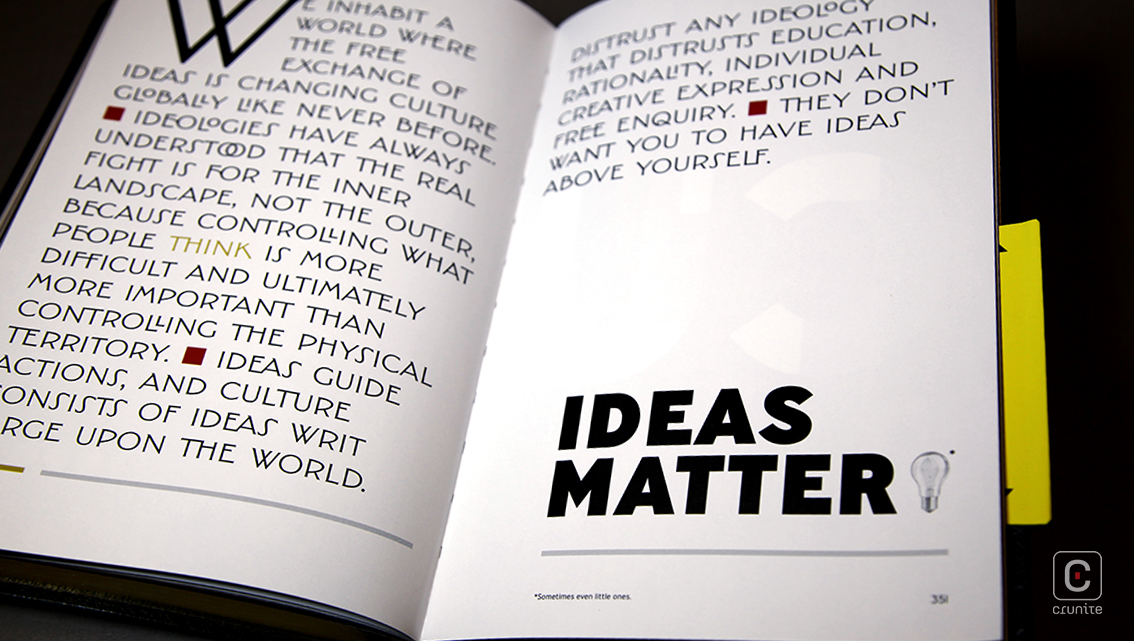
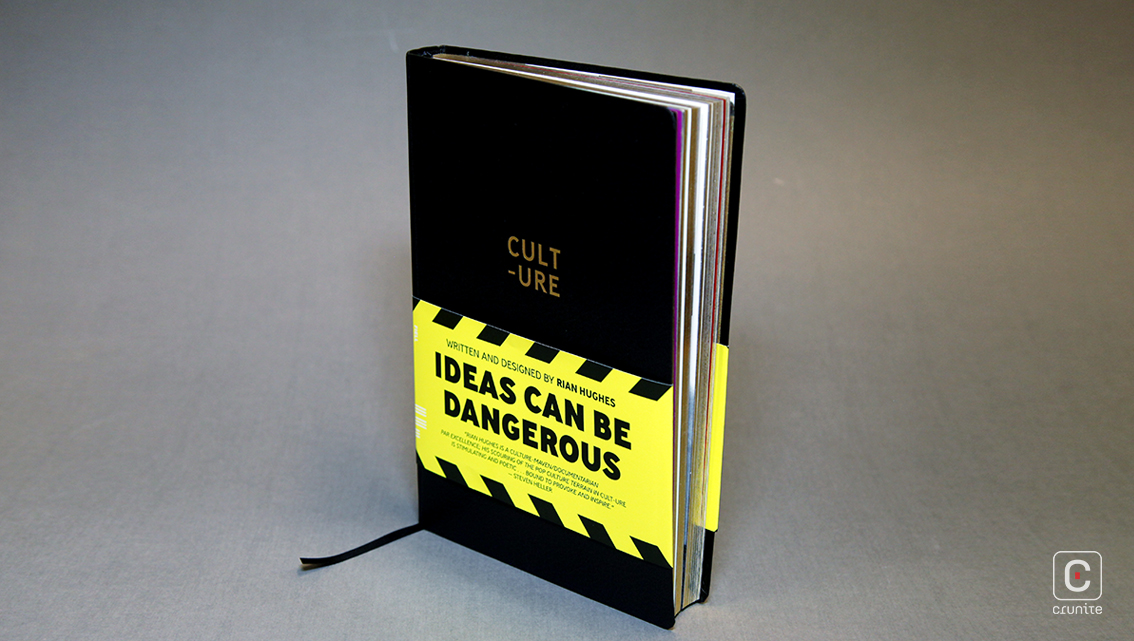
This intriguing 164-page book can be read daily – like the Bible it imitates visually – or indeed, in a linear fashion. Bound in synthetic leather and with fore-edge foiling, the book’s cover is wrapped in a startling dust jacket – a yellow and black strip which cautions that ideas can be dangerous. And ideas are the heart and soul of this book with design, typography, photography, illustration, words and more melding seamlessly to make a powerful impact on the reader.
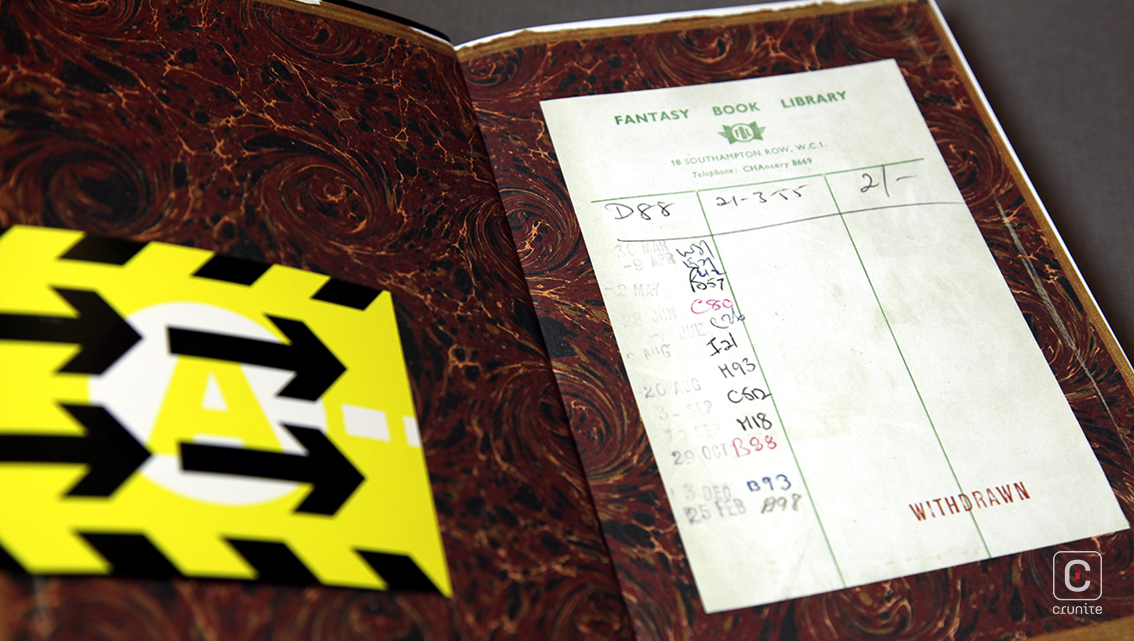
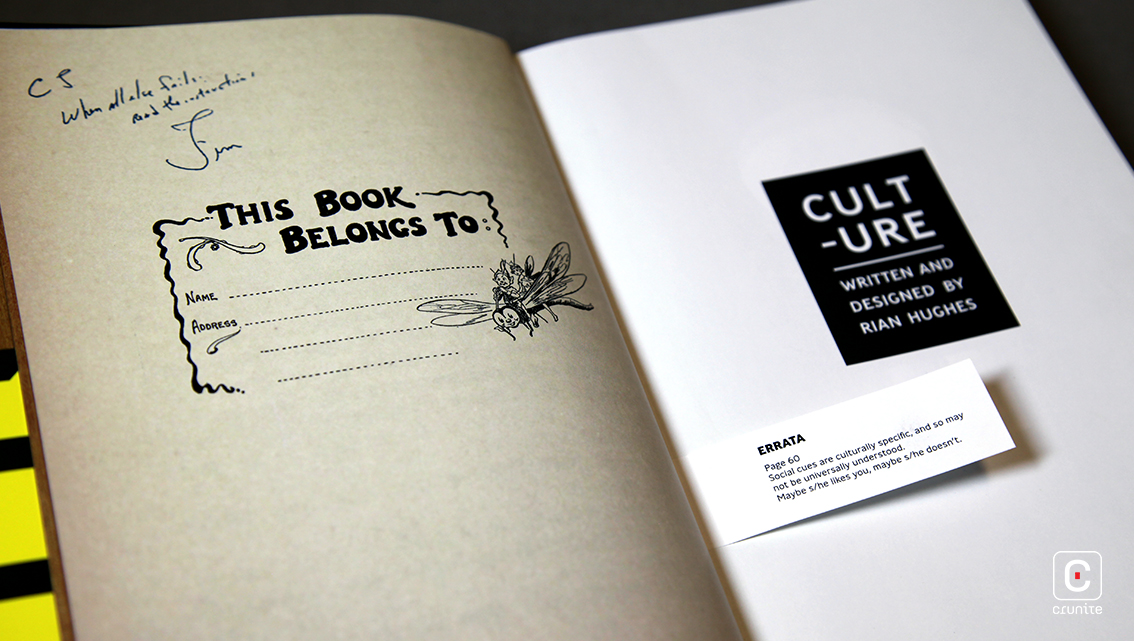
If the small font does not put you off, each word-and-visual-infused double spread across the 12 sub-sections of this book contains thought-provoking ideas on a range of topics connected with culture – from symbols to words to gestures and more. But its contents are not the only innovative element of this book. Its author and designer, British graphic designer, comic book artist and typographer, Rian Hughes, suggests the book can even be read as a ‘choose your own adventure’ type narrative with readers able to hop from one idea to another using the footnotes at the bottom of each page to trace a path across this saga.
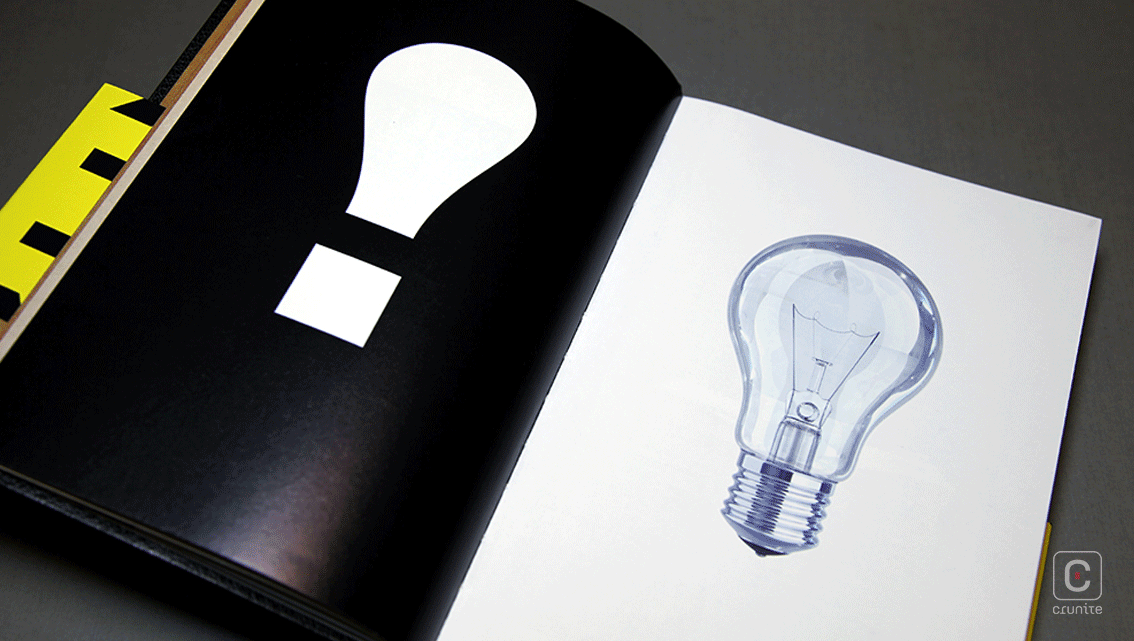
The one tenet that runs throughout the book is the fact that “Ideas germinate in culture” – and this evolution of ideas is what the writer suggests is at the heart of creativity. As Hughes traces how ideas evolve, their role in shaping perceptions and, in turn, culture, a novice designer is able to step back and analyse the impact and significance of their own ideas and style while navigating the pages of this book.
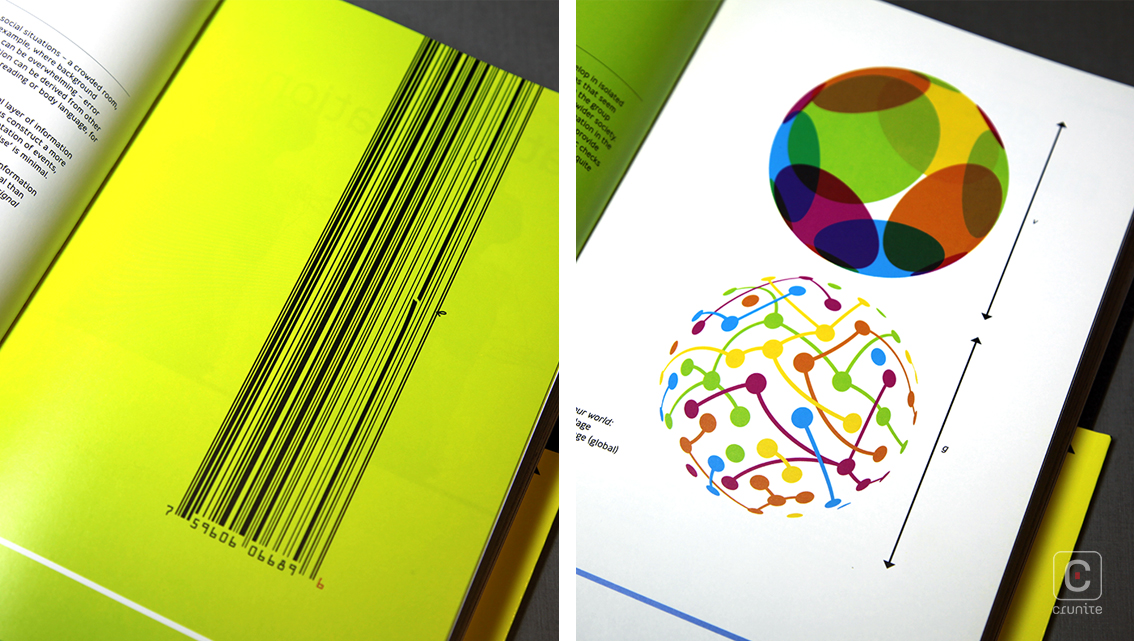
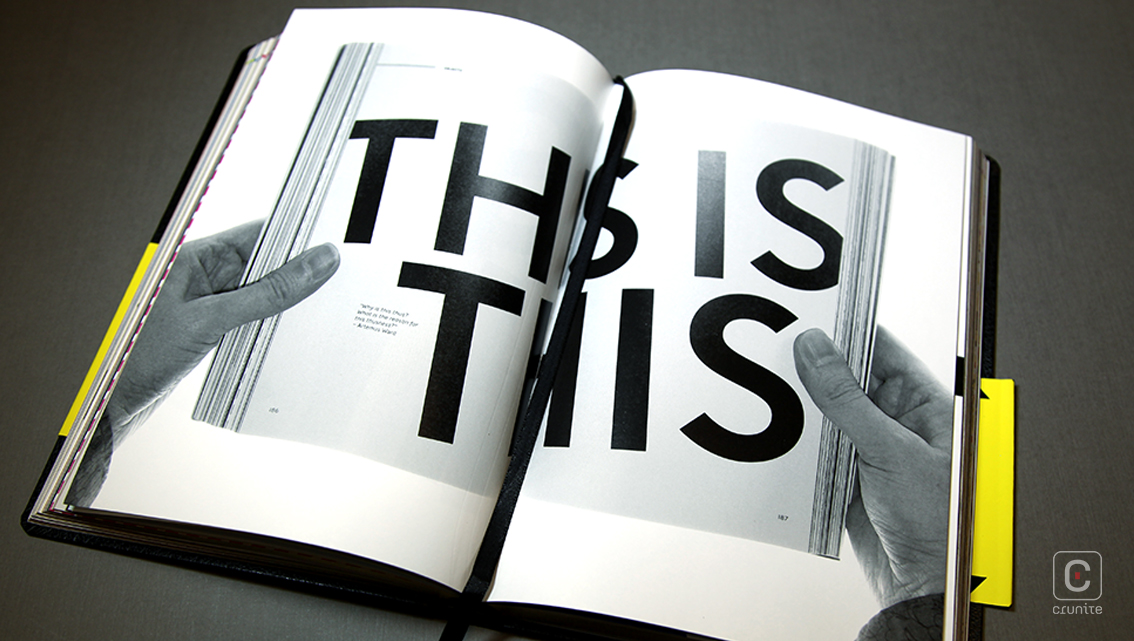
Thanks to the internet, ideas are able to travel across countries, communities and cultures at unimaginable speeds, largely uncontrolled. Today the power to change culture or start a movement can stem from an individual rather than a collective. With individuals now able to create and publish their ideas with ease and speed audiences are bombarded with messages and are now, perhaps more than ever, in need of being able to navigate and make sense of the fast-moving elements of culture that continue to swirl around us in ever changing shapes and patterns. This witty, thought-provoking book is a helpful compass to navigate such a reality.
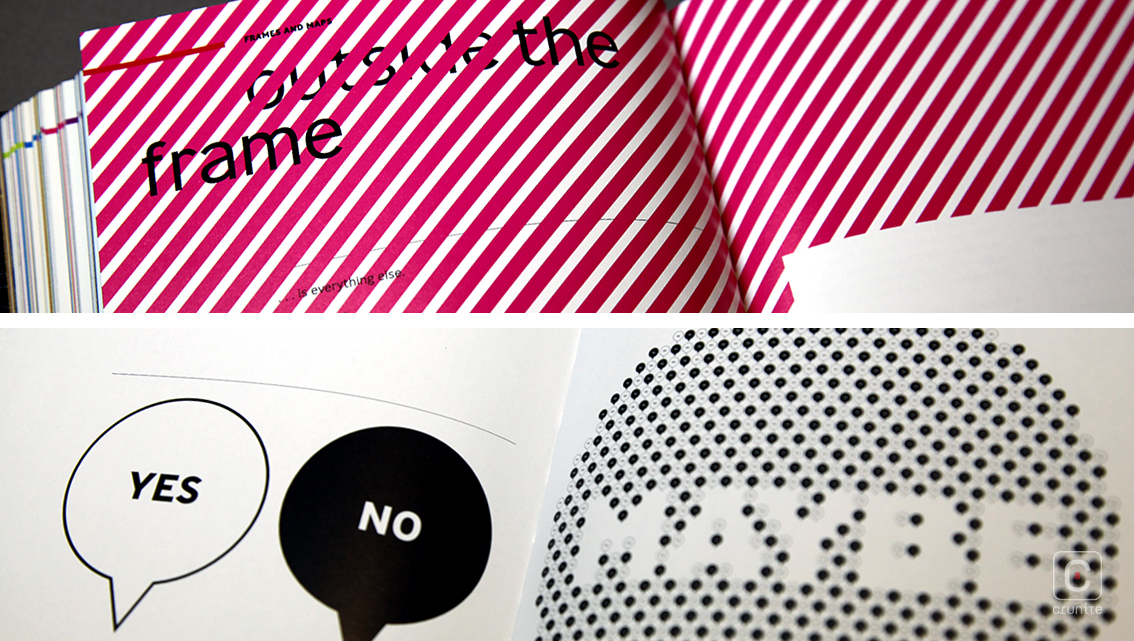
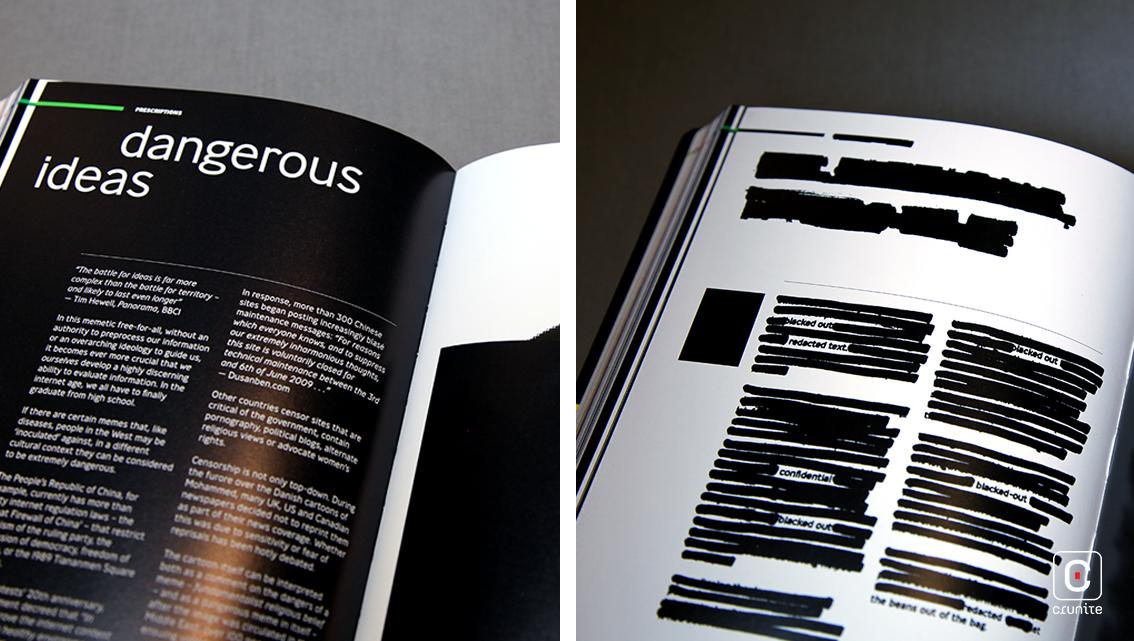
So, what of ‘culture’? Does the book attempt to define it? The short answer – yes – does not give the book its due credit. Much like the Bible, to some degree, it leaves interpretation open to the reader. Rather than spoon-feeding readers, its contents prompt us to seek our own answers. Among other things, the book explores the ideas we share, their impact, how these ideas define us and what we aspire to be. “These questions are articulated through culture… and are the very questions cults purport to have answers for,” says the author, who also champions the idea that these are the fundamental questions that define us as human beings.
